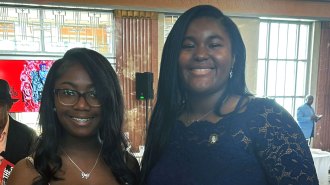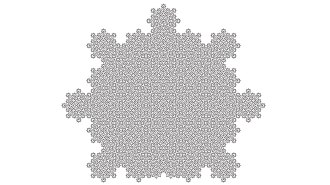People are often surprised at finding someone at even a modest gathering who shares a birthday with someone else. Nonetheless, it’s fairly easy to show that only 23 people are needed in a group to have a 50-50 chance of at least one coincidental birthday.
The reason the number is as low as 23 is that you aren’t looking for a specific match. It doesn’t have to be two particular people or a given date. Any match involving any date or any two people is enough to create a coincidence. Indeed, there are 253 different pairings possible among 23 people, any of which could lead to a match.
So, in a typical classroom of 25 to 30 students, there’s bound to be at least one pair of students with the same birthday. Indeed, it’s an entertaining classroom exercise to check for such coincidences.
Here’s an interesting variant of the birthday problem. Suppose the teacher asks each student in succession to call out his or her birthday. On average, how many students would need to do so before there’s a match with someone else in the classroom?
Again, the answer is surprisingly small. There’s a 50-50 chance of getting a match after only seven students announce their birthdays in a class of 40 and after just three in a class of 86.
James E. Nymann of the University of Texas at El Paso provided a derivation of the relevant probabilities in an article in a 1975 issue of Mathematics Magazine. He determined the probability that, in a group of n people, at least one pair have the same birthday with at least one such pair among the first k people.
In the following table, n is the number of students and k(n) is the smallest value for which the probability of a match is greater than 50:50.
n |
23 |
24 |
25 |
26 |
27 |
28 |
29 |
31 |
33 |
36 |
40 |
46 |
54 |
66 |
86 |
128 |
254 |
k(n) |
20 |
17 |
15 |
14 |
13 |
12 |
11 |
10 |
9 |
8 |
7 |
6 |
5 |
4 |
3 |
2 |
1 |
So, if you’re in a class of more than 30 students, it’s a good bet that a birthday match would be found on or before the tenth student’s announcement.






